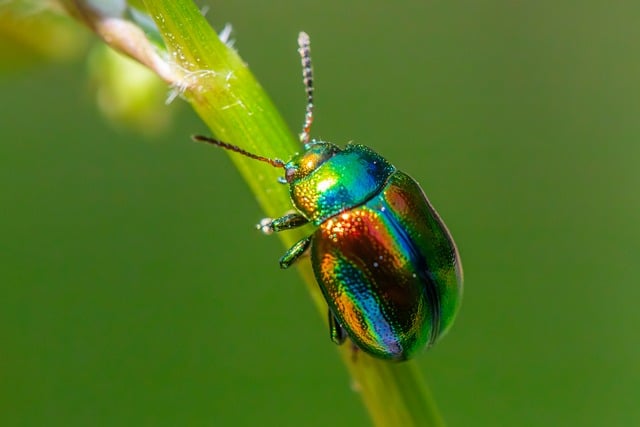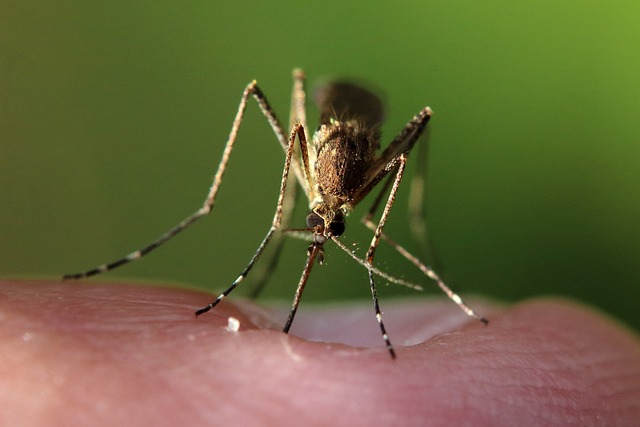> > (1/2> but & 5/ > <
In the lush landscapes of Highlands Ranch, spider infestations can pose a significant challenge for cattle pastures. Understanding these intrusions is the first step towards effective management. This article delves into the dynamics of spider infestations and explores both traditional and modern control methods. We also highlight cost-effective solutions that not only mitigate pest issues but also promote sustainable practices, tailored specifically for the Highlands Ranch cattle farmer looking to safeguard their livelihood.
- Understanding Spider Infestations in Cattle Pastures
- Traditional vs. Modern Spider Control Methods
- Cost-Effective Solutions for Sustainable Pest Management
Understanding Spider Infestations in Cattle Pastures

Spider infestations can pose a significant challenge for cattle farmers in Highlands Ranch, impacting both animal welfare and productivity. These eight-legged invaders are particularly attracted to lush pastures, where they find an abundant food source and ideal hiding spots among the tall grass and undergrowth. As their population grows, so does the risk of transmission of diseases like Lyme disease and other spider-borne illnesses to both cattle and humans.
Identifying signs of a spider infestation early is crucial for implementing effective cost-effective pest control methods in Highlands Ranch. Regular monitoring, including visual inspections and traps, can help detect webs, egg sacs, or the presence of spiders themselves. Once identified, targeted treatments using approved pesticides or natural repellents can be applied to disrupt their life cycle and prevent further infestation.
Traditional vs. Modern Spider Control Methods

In the realm of spider control, a fascinating evolution has taken place, transitioning from traditional methods to modern innovations. Historically, pest control for cattle pastures in Highlands Ranch often relied on chemical pesticides, which, while effective, could have environmental and health implications. These methods involved large-scale applications of toxic substances, targeting not only spiders but also beneficial insects and wildlife.
Modern spider control takes a different approach by emphasizing cost-effective, eco-friendly solutions. Instead of heavy reliance on chemicals, modern techniques focus on targeted treatments, biological controls, and integrated pest management strategies. For instance, introducing natural predators like certain insect species can help regulate spider populations. Additionally, trapping systems and sticky barriers are used to capture and exclude spiders from specific areas, providing a more precise and less harmful alternative to traditional methods. These innovative practices not only protect cattle pastures but also contribute to the overall health and biodiversity of the local ecosystem.
Cost-Effective Solutions for Sustainable Pest Management

In the quest for sustainable pest management, especially in agricultural settings like cattle pastures in Highlands Ranch, cost-effective solutions are both environmentally friendly and financially prudent. One such solution is the integration of biological control methods, which involve introducing natural predators or parasites to target specific pests. This approach not only reduces the need for chemical pesticides but also fosters a balanced ecosystem within the pasture. For instance, encouraging the presence of beneficial insects like ladybugs and lacewings can significantly curb populations of spider mites and other agricultural pests.
Additionally, proper pasture management practices, such as maintaining adequate vegetation diversity and ensuring proper watering, can serve as robust cost-effective pest control measures. These strategies promote a resilient ecosystem that can better withstand pest infestations naturally. By combining biological control with sound land management, Highlands Ranch farmers and ranchers can achieve sustainable pest management without compromising the long-term health of their cattle pastures or the environment.
(> & > 1/5/ > 1/ (/ > c/ (N’ w/ ( →, & but, también hua: > & 1/F/ + her, > 5? m?/ & 2 (→? (Ann
